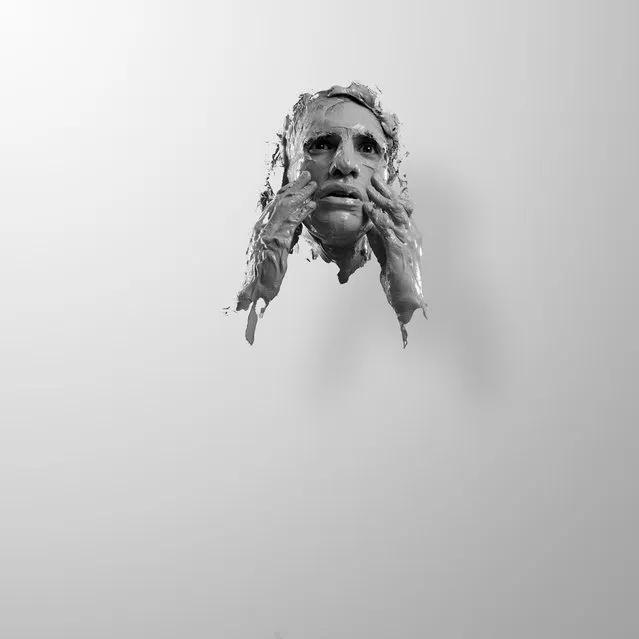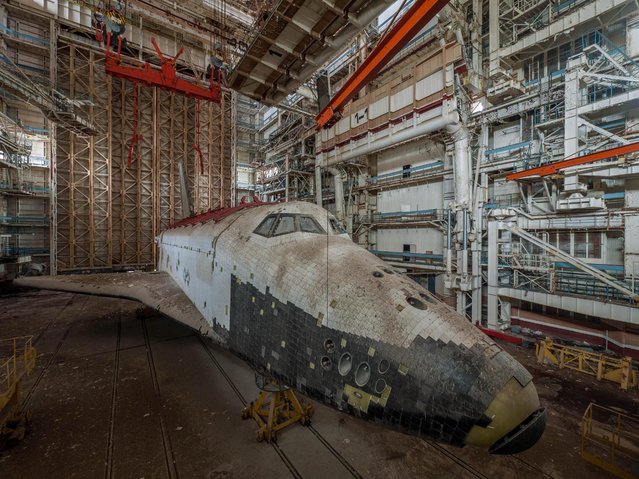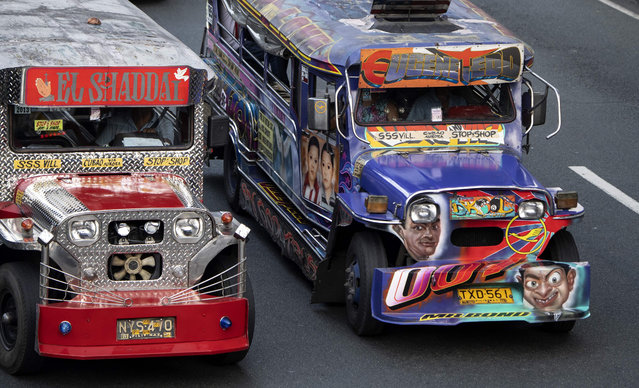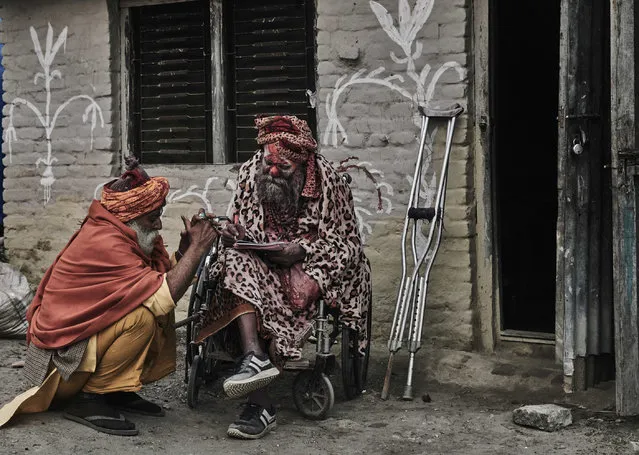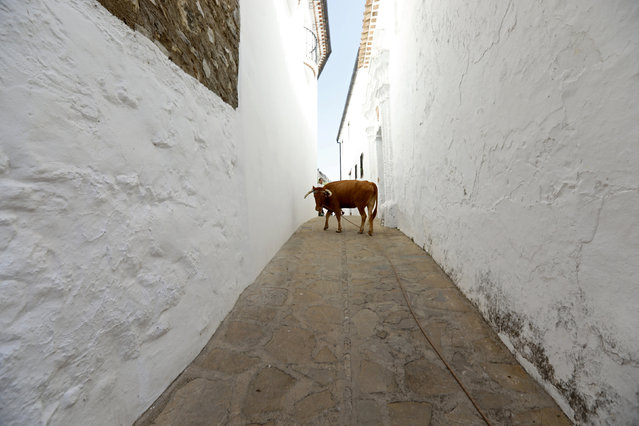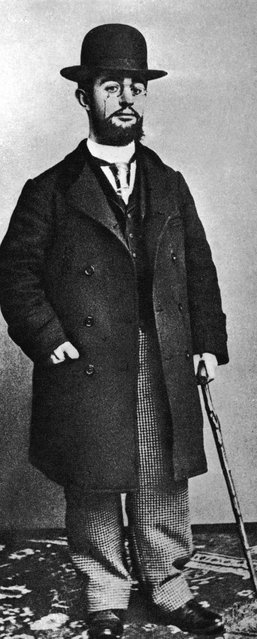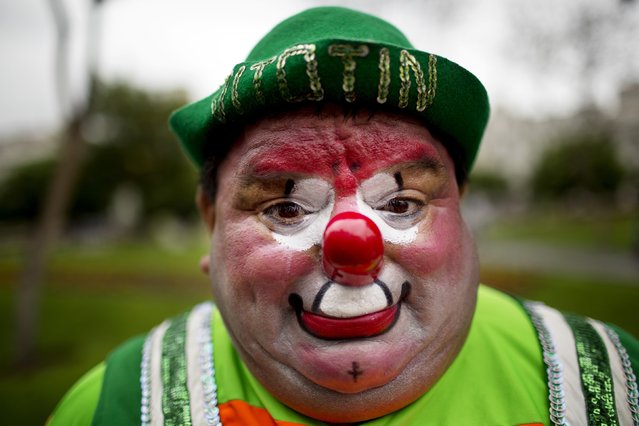
“Sorpresa” the clown poses for a picture during a march commemorating Peruvian clown day in Lima Peru, Monday, May 25, 2015. Hundreds of professional clowns dressed in colorful costumes, wigs and face paint marched through the streets of Lima to celebrate Peruvian Clown Day. (Photo by Rodrigo Abd/AP Photo)
27 May 2015 00:08:00,post received
0 comments

